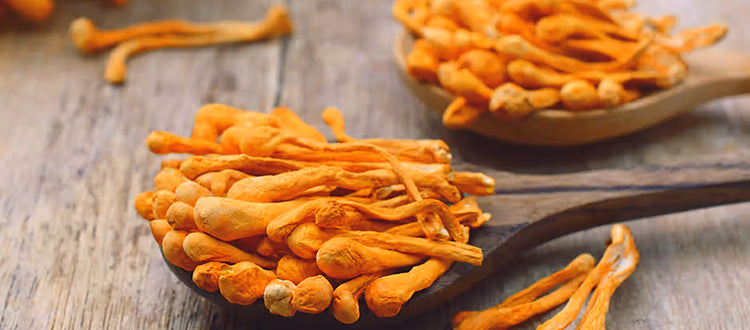Mycelium vs. Fruiting Body: The Power of the Whole Mushroom
In researching the benefits of functional mushrooms, you've probably come across the "mycelium vs. fruiting body" debate. You likely have questions such as: Is one more beneficial than the other? Should I be consuming supplements that make use of the whole mushroom?
When deciding which functional mushroom products to purchase, it's best to be as informed as possible.
The stalk and cap that come to mind when you think about a mushroom are called the fruiting body; they comprise the organism’s reproductive structure. Below the surface, however, is a web of mycelial fibers that support and produce the fruiting body. Each of these structures has its own function in a mushroom’s life cycle. They also have some unique benefits for those seeking to get the most from a mushroom supplement.



